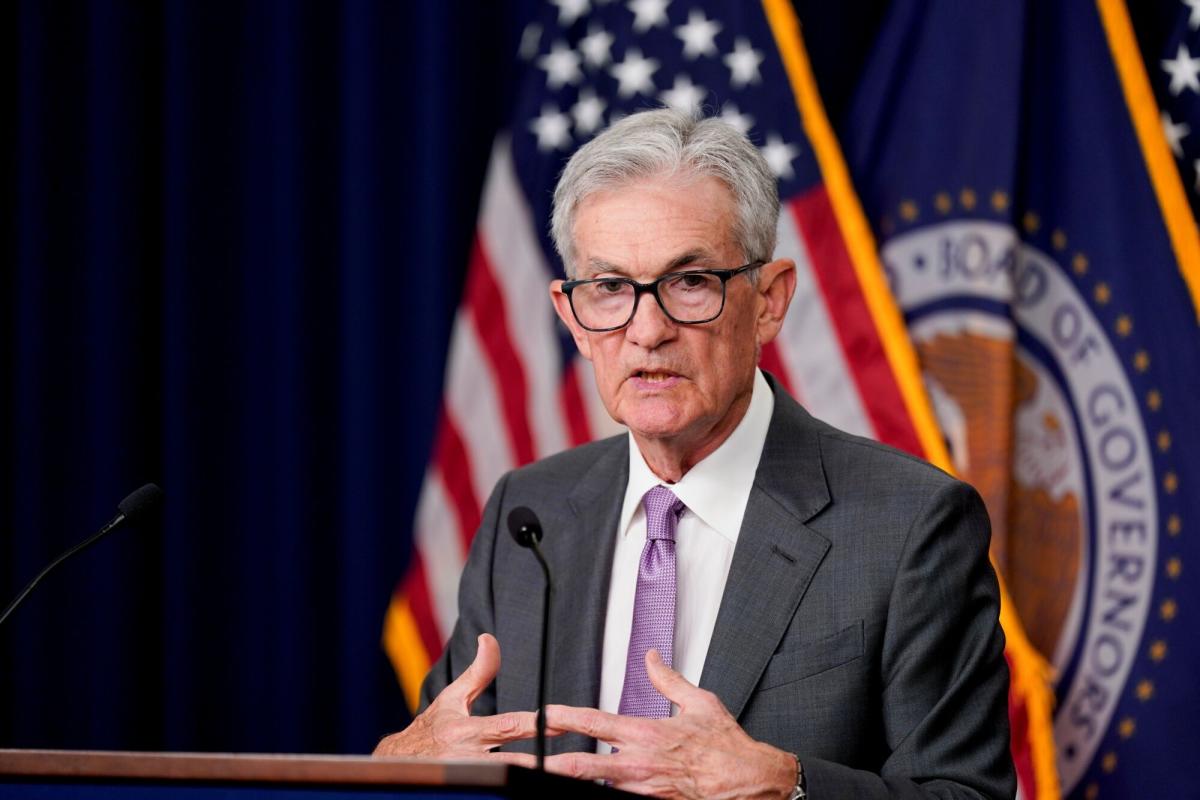(Bloomberg) — The Federal Reserve and other regulators are poised to unveil sweeping changes to a slate of proposed capital rules for banks as they seek to overcome tough resistance from the industry, according to people familiar to the matter.
Most Read from Bloomberg
The revisions, which run up to 450 pages, may be unveiled as soon as Sept. 19 and would reshape key components of the US bank-capital regime known as Basel III Endgame, said the people, who asked not to be identified as the plans may change.
The rejiggered proposals may ease concerns among Wall Street banks that unleashed an unprecedented lobbying campaign after the plans were unveiled in mid-2023. That could help avoid a potential legal battle with the industry, which has argued vociferously that the proposals to hike their capital requirements would harm the economy and low-income borrowers most of all.
After the updated proposals are published, there will be a comment period where regulators seek responses on how the revisions compare with the original draft from the Fed, Federal Deposit Insurance Corp. and the Office of the Comptroller of the Currency.
Spokespeople for the three watchdogs declined to comment.
Bank Backlash
The banks’ very public pushback and threats of legal action had forced Fed Chair Jerome Powell to step in with public pledges to change the proposals. In recent weeks, he met with bank bosses including JPMorgan Chase & Co.’s Jamie Dimon and Citigroup Inc.’s Jane Fraser to try to bring them on board.
The tweaked proposal will offer changes that center on operational-risk provisions, according to the people, who asked not to be identified discussing private information. Those adjustments will include a reduction in the capital that banks must allocate against fee-based, non-interest business lines such as wealth-management services and certain credit-card operations.
The changes also remove a so-called internal loss multiplier that would have adjusted each bank’s capital requirements based on a certain number of historical operational risk losses.
The re-proposal, though not a wholesale re-write of the earlier plan, would also reduce the market-risk requirement for the nation’s biggest lenders, or Global Systemically Important Banks, from the initial proposed restrictive use of their internal models, the people said.
On the credit risk side, banks will not face such stringent requirements around mortgages or tax-equity exposures, among other revisions, said the people.
Regional Banks
The revamped plan would also tailor the requirements for large regional banks, or so-called Category IV firms. Specifically, those firms would face a less-onerous capital requirement tied to market risk.
Still, such large regional firms would be required to recognize unrealized gains and losses in their available-for-sale securities portfolio, known as accumulated other comprehensive income, as part of their capital requirements, the people said.
The tweaked proposal will also walk back a requirement that regional banks have to comply with the countercyclical capital buffer, a tool that the Fed uses to demand banks build up capital during periods of excessive growth.
Capital Hike
The new plan would also include a compilation of data from banks on how the changes could affect aspects of their businesses, according to some of the people. That so-called Quantitative Impact Study, which collected year-end 2023 data from the nation’s eight largest banks, is supposed to help the Fed weigh the relative costs and benefits of each aspect of the proposed rule and the regulation as a whole.
The original plan had called for an overall 16% hike in the capital that banks must hold as a cushion against financial shocks. But the Fed later floated a dramatically weaker version of the plan to other regulators, which alarmed some agency officials at the time and led to robust negotiations. The weaker version, which served as the initial draft of the September changes, suggested an increase as low as 5%.
Supporters of the first version have billed it as a fix for some of the flaws that led to the collapse of Silicon Valley Bank and Signature Bank last year. Critics say it will raise the costs of lending and put US banks on weaker footing compared with international rivals.
Reaching an agreement among the three agencies was no easy feat, the people said. But all of them were given incentives to complete this so they could turn to other proposals that have been in the works since last year’s regional banking turmoil.
Most Read from Bloomberg Businessweek
©2024 Bloomberg L.P.

